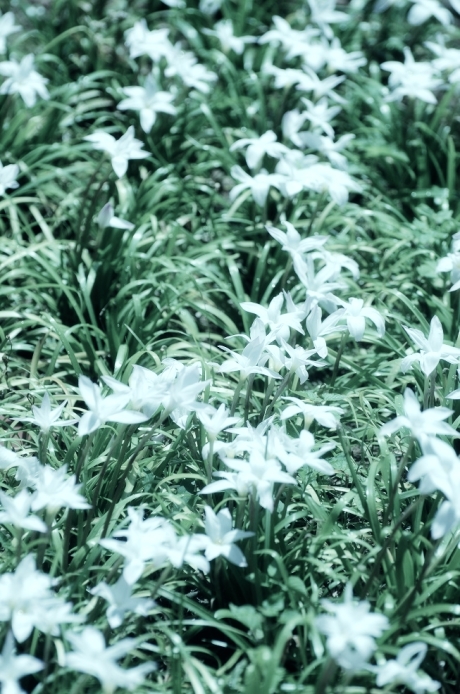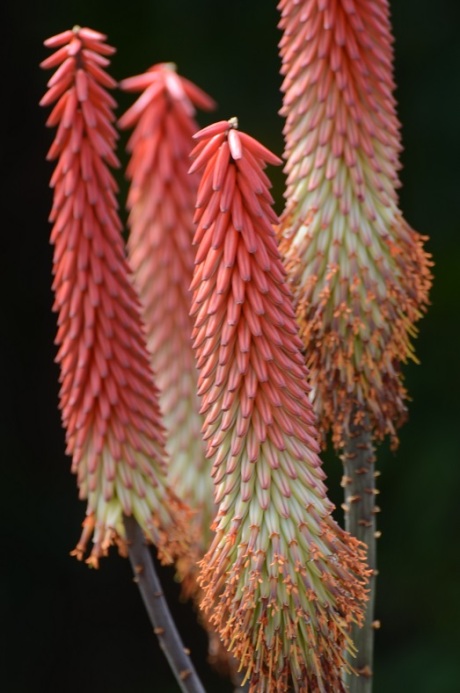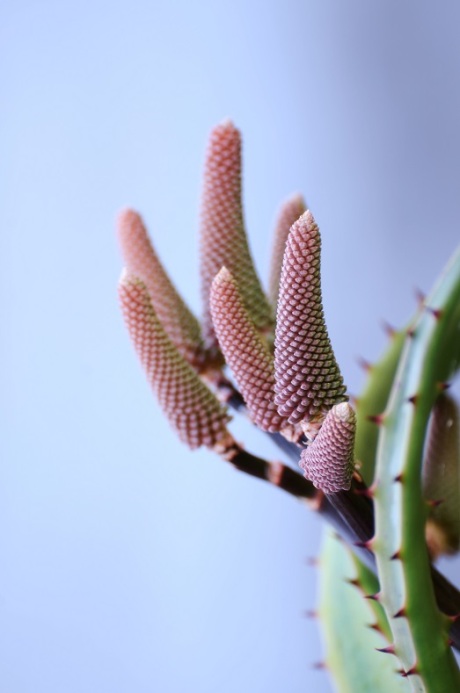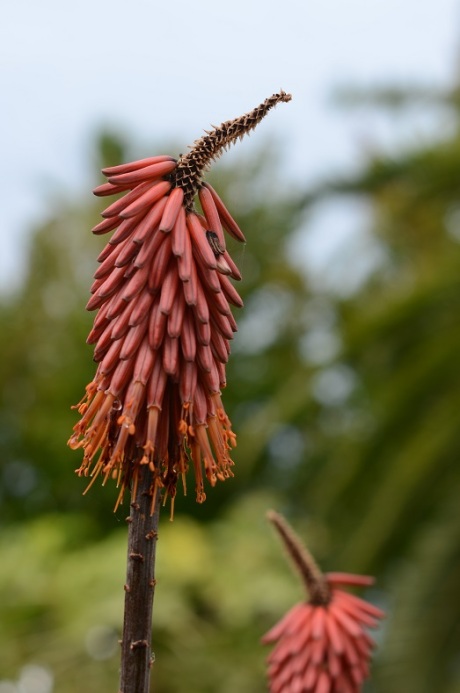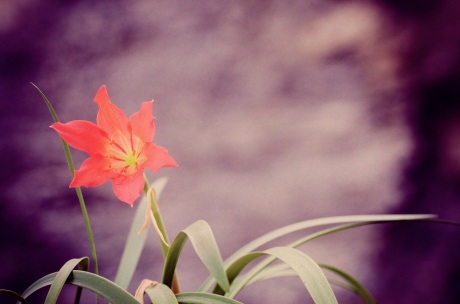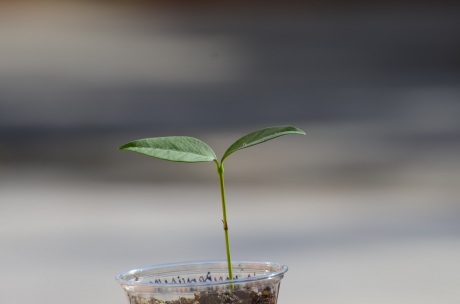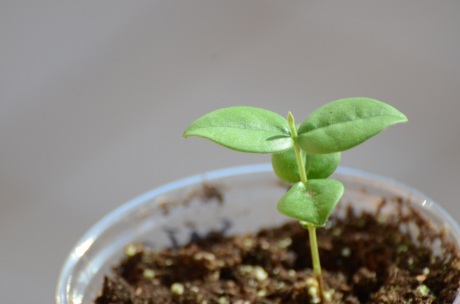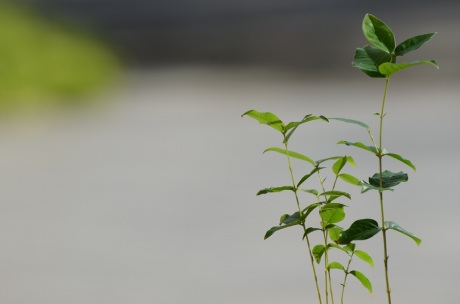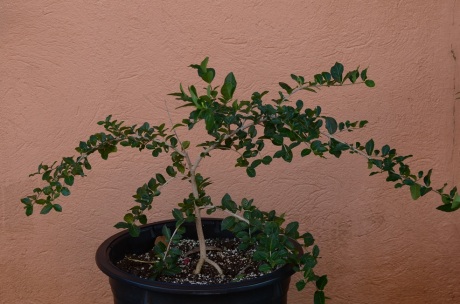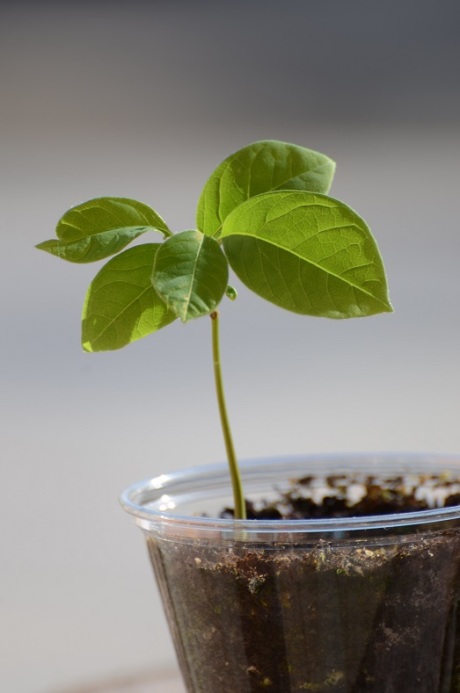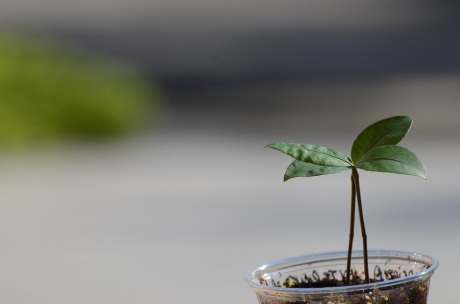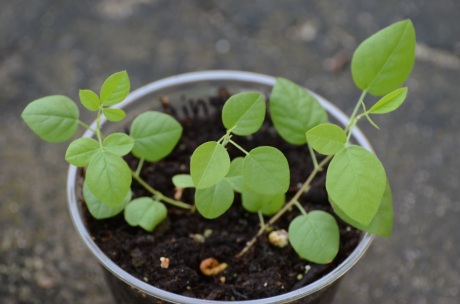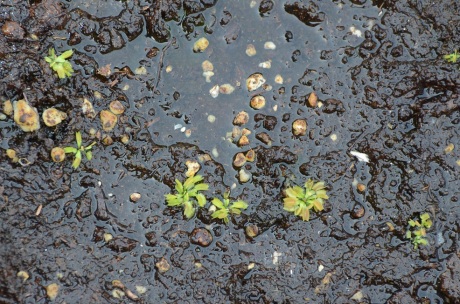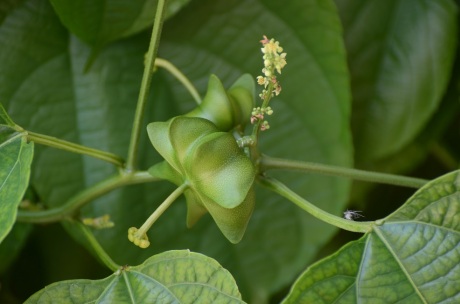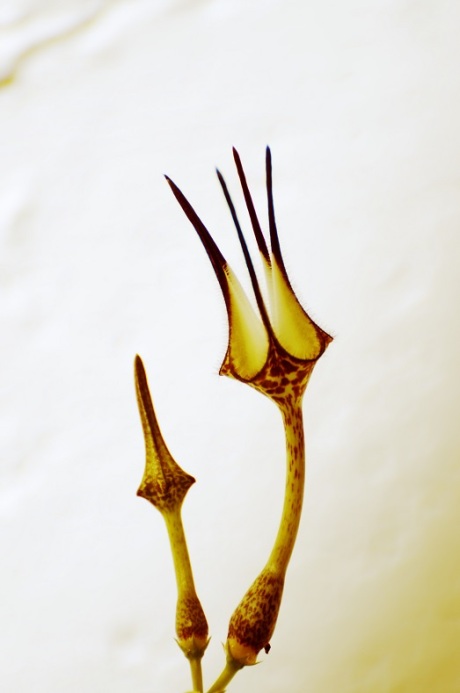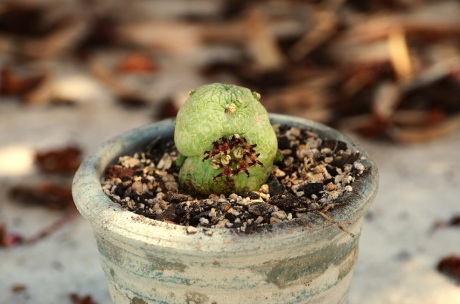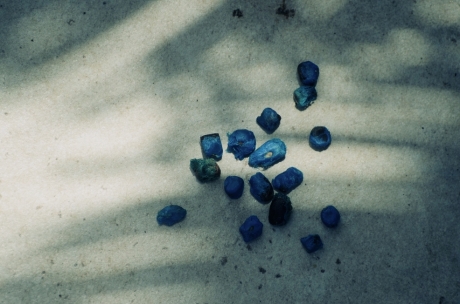

I apologize for including something on this blog that may be of use to someone, as it is not my wont to educate; nevertheless, there are times that such bonhomie, such unstinted desire to share, such generosity of spirit is practically inevitable–the case (and casing) of the ravenala seed being one of those vainglorious examples.
The seed, velvet-black, and almost certainly evil, is covered in a heavenly blue wax, as though having been embalmed by a secret gathering of funereal hands.
By-and-by I will get to the useful information promised, but first we must linger a bit longer in language’s sandbox. When you are ready, we shall begin (unless we are sidetracked by some impromptu exegesis on the part of this blogger, who, some may have noticed, is prone to explaining–at the drop of a clunky cowboy hat–the many iniquities which befoul our peripatetic planet (it puts on a pair of Nikes in the morn and walks around the sun all day, after all)).
So here are the steps to planting your own Ravenala madagascariensis (Travelers Palm).
1) Befriend someone in Madagascar (for obvious reasons). This may require the exchange of intimate photographs, but the internet is a safe and wonderful place.
2) Ask for seeds (among other things).
3) Go to post office and chat with the fluttery-eyed postmistress. Return home when after several hours it becomes apparent that your letterbox is as empty as a banker’s heart.
4) Repeat trips to post office till you either receive an offer of marriage or till your seeds arrive. If the latter, continue to point 5.
5) Store photographs in a safe place. Remove seeds from package. Admire your purchases.
6) Scrape away the blue wax to expose devilish seed.
7) Plant seed in a pot (if you need to be told to add soil you are at the wrong place). Hope for rain.
And that’s it.
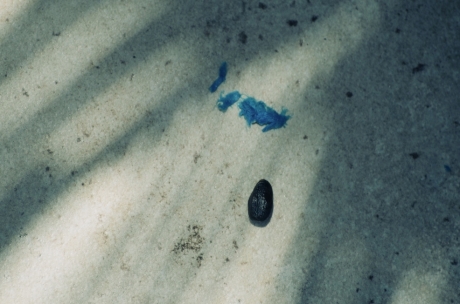
The final product: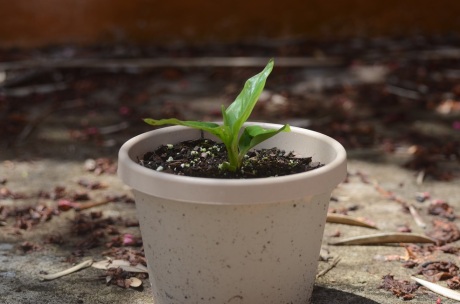
Below is my grass replacement experiment. I think Truman Capote hated grass too, but this may be simply a projection from my agitated mind. (In case you ask, it’s some moon-white Zephyranthes stolen, if memory serves, from a Texan in the dreary summer of 2032).
